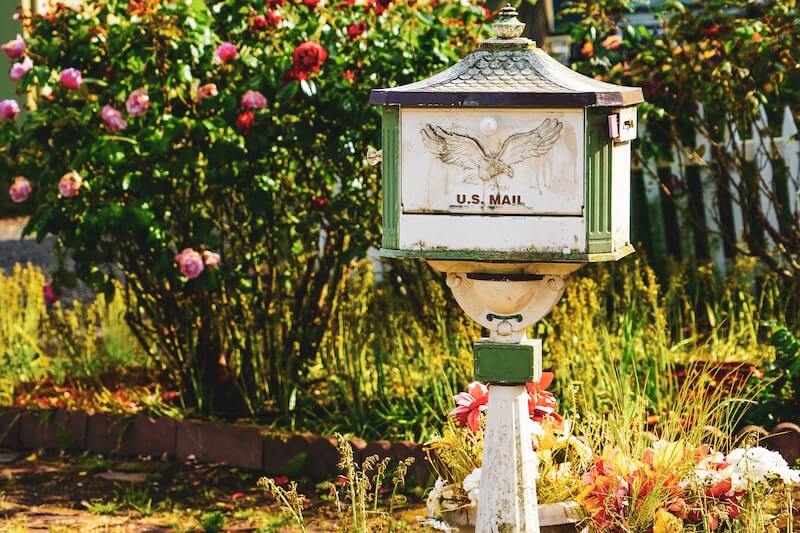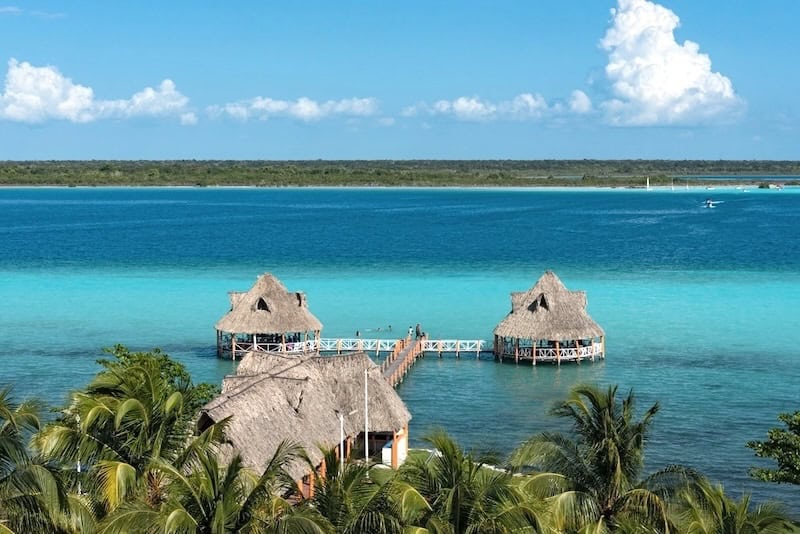Last Updated on June 17, 2024 by Kirsten Raccuia
La dolce vita? Yes, please! There is no doubt that Italy is dreamy. I assumed Sicily would just be an extension of “the boot,” another part of Italy to love. I was totally wrong-it’s very different. Did you know their first language is Sicilian, not Italian?
It is probably what Italy was like before the throngs of tourists (self-included) invaded it. Like all Italians, Sicilians are proud people; proud of their heritage, proud of their food, and proud of their island. They believe that Sicily is even more fabulous than the rest of Italy. And they are prepared to go to the ends of the earth to prove it.
I went there to trace my husband’s heritage. He’s a Raccuia, from Raccuia, and the youngest of 7. We were a large group; his 83-year-old dad, his older brother and 3 kids and us. We drove around the island in a minivan, barely big enough to fit our luggage. Thankfully, we had all played Tetris growing up, so we had mad packing skills. Being with a Sicilian family in Sicily meant eating and drinking our way through each day. In our quest to eat, we came across some stunning, freaky, and downright spooky places. Everyone can go wine tasting and sightseeing in Sicily, but here are a few peculiar things to check out when you’ve had your fill of Marsala wine.
Novara
We started in the northeast part of Sicily in Novara di Sicilia, in the province of Messina. Imagine a small town of about 1200 people nestled in the valley, built where the Nebrodi and the Peloritani mountains meet. Wander the narrow cobblestone pathways in any direction, under the archways covered in wild grape vines, and you’ll run into a relic of some sort. The 16th-century Cathedral, in the Piazza Duomo, looks like any other beautifully adorned Cathedral until you step inside and see the crypt.
The doors to it are not only heavily locked; they are electrified to keep out thieves. Which they apparently added after WW11 when it was robbed of everything valuable. As you gingerly step down into the vault, avoiding the electrified walls, you see six bodies, in various states of ruin.
All but one has collapsed or was left that way after the raid, onto the half glass partition with their heads bowing as if to the King. The lone standing saint, with all of his teeth and robes still intact, is that of John Baptiste Raccuia. Yes, Raccuia, our family name! Apparently, a long lost relative from many centuries back. Regardless of whether you are related to a saint, to be in this small crypt full of bodies is gruesome and fascinating at the same time. A must do while there.
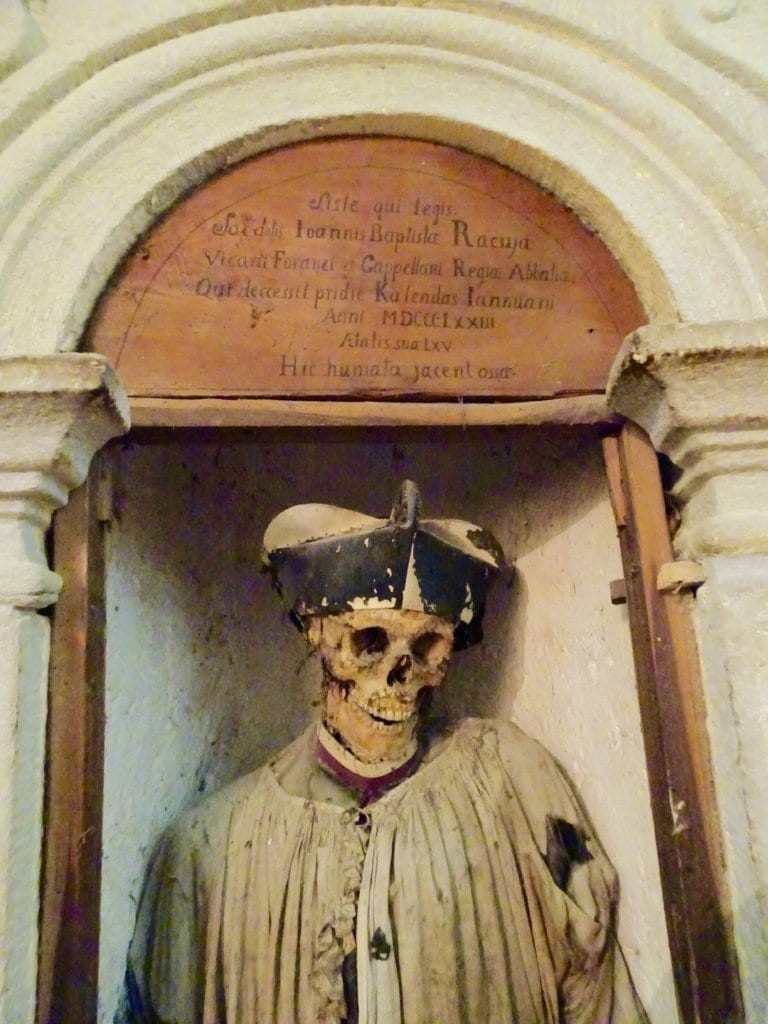
For a taste of local farm-to-table food, head to Girasole Agritourismo. (www.agrigirasole.it) It’s a small local farm where you can rent a room and help for a few days if you wish, otherwise, just go there and feast. It was possibly one of the best meals we had in Sicily, and that is saying a lot. We started with antipasti, which included Maiorchino cheese, warm homemade bread, black boar salumi, and veal tartare. Then he brought out three local varieties of pasta in dishes big enough to bathe a small child. If that wasn’t enough, out came a mountainous plate of grilled meats.
Everything was grown and produced on site, and although we had trouble understanding him, in the end, food trumps all translation problems, and we had a massive spread, including all the homemade wine you can drink and dessert. The wine, however, was rough. I, by no means, am a wine connoisseur, but this homemade grog put hair on my chest. It was acidic and dry, but he was so proud of it that we just kept drinking. It never got easier…or better.
If you are lucky enough to be there in February, you’ll be witness to a festival that has stood the test of time. It dates back to the 16th century, and it only happens in Novara. The Tournament of the Maiorchino is a cheese-rolling race. Sixteen teams of 3 compete to spin a 10kg wheel of local, sheep milk, Maiorchino cheese down the cobblestone steps through the old town for about 2 km. The winner is the team with the wheel that has fallen the least amount of times.
Realmonte-Scala Del Turchi
After a few days of medieval villages and packing on the pounds, a little beach day is a welcome respite. Head on over to the town of Realmonte, along the southern coast of the island, to see the Scala Dei Turchi or Turkish Stairs. The natural curves of the steps have formed over centuries, but they got their name because it was an easy place for the Turkish seafaring pirates to land in Sicily and invade.
Jutting up 50 meters from the two surrounding beaches, are these blinding white, marl, clay, and silt, stairs. They look entirely man-made or otherworldly because they are totally smooth and cold, like white cement, but they are all natural. Some say the wet marl has healing properties for the skin, so slather yourself up and let it dry before diving into the Mediterranean. Or just go and watch the sunset for a breathtaking view of the turquoise sea, against the bright white of the marl with the orange glowing sun in the background, it’s a photographers dream.
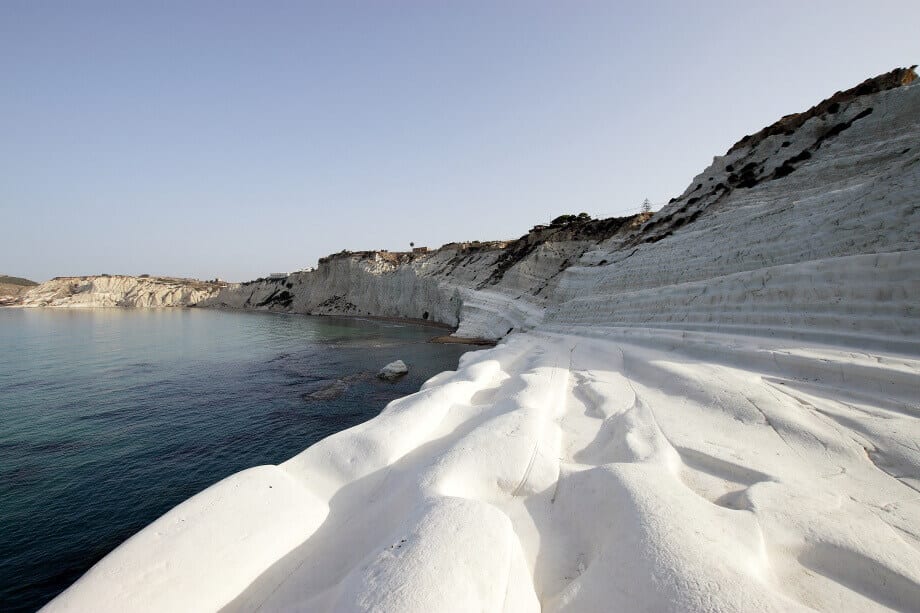
Mazara Del Vallo
On the Southwest coast is a small city that was once the biggest fishing town in Italy. It’s port still houses Italy’s largest fishing fleet. In 827 AD, the area was conquered by the Arabs who made it their headquarters with the goal of conquering the rest of Sicily. The labyrinth that is the city center, or La Kasbah, is a maze of winding pathways barely broad enough to walk through, yet somehow local cars seem to pull their mirrors in and wildly take off for a spin, narrowly missing pedestrians.
The Kasbah still maintains the original architecture, including its hammam, or public bath, that can still be visited. The only recent addition is of hand-painted, ceramic tiles on the walls depicting scenes of times past. As you wander these streets, you can imagine what it was like centuries ago when Arabs ran the town. Today, out of the 50,000 residents there, about 3500 are Tunisians, and the food reflects it. Find a bustling cafe and get some local Tunisian couscous with today’s fresh catch, but save room for dessert.
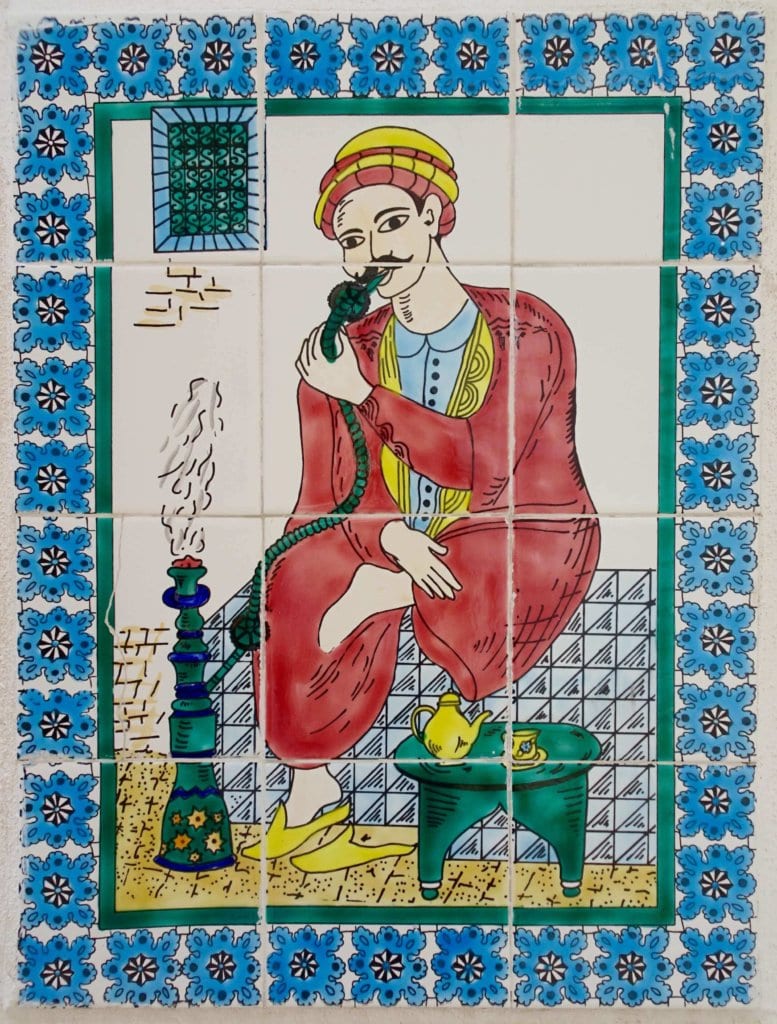
If you can find the cloistered Benedictine nuns’ nondescript doorway, you can have traditional cookies freshly baked using ancient recipes. Once inside what feels like a dungeon, ring the doorbell and a window, crosshatched with iron bars, opens. All you can see is darkness, and because the nuns aren’t allowed to see, touch or speak to people, they look the other way as you request your cookies.
The scrumptious almond marzipan cookies filled with pumpkin and covered in sugar arrive in a paper bag, through an iron lazy susan, because there can be no accidental touching while passing over your goodies. They can’t ask for money, so offer whatever you think is fair and put in in the lazy susan.
Marsala
It seems like all of Sicily is wine, olive, and cheese country. The hardest part is choosing which producers to visit. When in doubt, always ask the locals. In the Piazza del Purgatorio, there is a little restaurant called Ciacco, run by Francesco, and his wife, Anna. It’s a simple place, only serving a few items of whatever is freshest at the moment. It’s also a deli with only the best local delicacies. We had truffled mortadella that was silky and fatty and heavenly to accompany our local prosecco.
They have a small but well-curated assortment of local wines, and Anna can pair anything Francesco puts on your plate with a perfect flavor profile. The entire concept is small plates, only local ingredients, and, most of all, made with love. They love each other, food, and wine, and that extends very clearly to their guests.
They were the perfect couple to ask about their favorite producers to visit, and they were all to happy to guide us. Drive about 45 minutes inland to Salemi and you will find a small, family-run, sheep farm, called Cucchiara. As we pulled up, peacocks scattered and a young man in muck boots and an apron came out to meet us. This is more a family production that opens the doors to locals than it is a producer that welcomes tourists.
But he greeted us graciously with a little English and since we have zero knowledge of Sicilian a game of charades ensued. He took us in to see about 100 bleating sheep running around happily with their newborns; it is a noisy but beautiful sight. We were lucky enough to hold a 4-day old lamb that was barely steady on his feet.
Then we followed him to a tiny room filled with huge vats of milk in various stages of cooking. We got to taste warm fresh ricotta that was rich and buttery and watch them make a unique wheel; a creamy, yet firm cheese that they add fresh basil, bay leaves, peppercorns, and chili peppers that make it the colors of the Italian flag. Sadly it wasn’t ready for tasting.
However, we did taste all of the others that were ready and left with two kinds of cheese and 500 grams of their latest batch of cured olives.
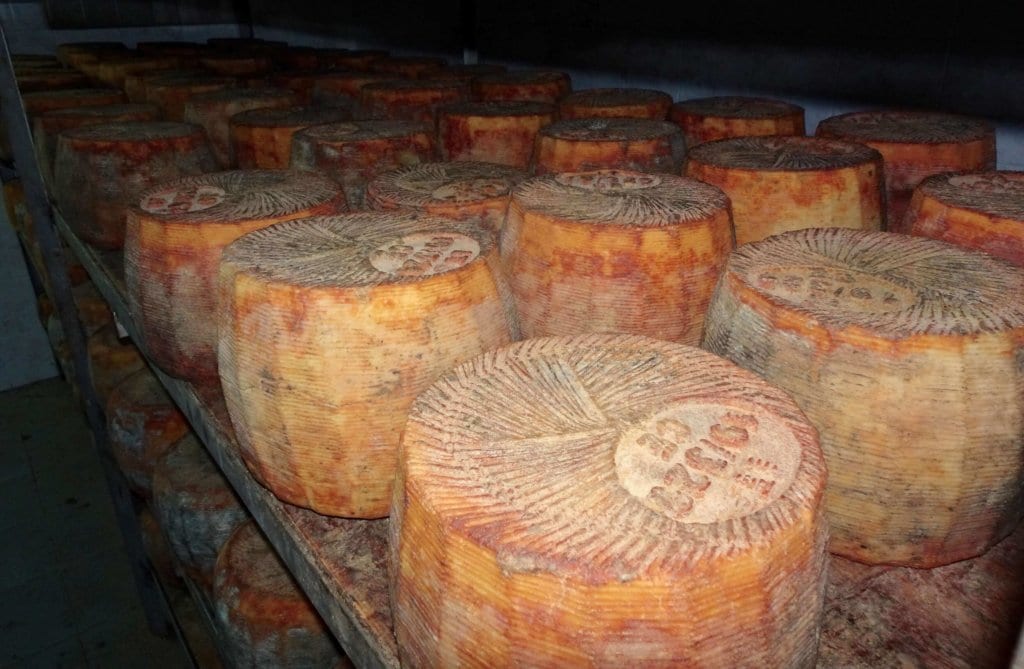
If you are going to make Marsala home for a few days, I recommend the Hotel Carmine. For under $100, it is a lovely boutique hotel that is centrally located, includes breakfast and parking, and has a gorgeous courtyard garden to sit in and smell the jasmine trees as you take in a nightcap.
Ragusa Ibla
Almost near the Southern tip of the island is a small medieval hamlet dating back to the 2nd millennium BC called Ragusa. It is built into the walls of a gorge, so your first view is of homes and churches snuggled up on top of each other, clinging to the limestone. The city was completely rebuilt in the baroque style of the times after a crushing earthquake in 1693.
Ragusa Ibla is the older section of town and where the Ibla Buskers Festival takes place every year in October. This is not a collection of street jugglers begging for money. It is a major festival that is in its 21st year running. On every winding, narrow, street corner, you could find a performance. Acrobats hanging from aerial silks, 3 piece jazz bands, fire throwers, all performing with the backdrop of a well-lit piazza, or a palace, or a cathedral.
Grab a cup of prosecco with all the locals and saunter through the streets watching each performance. When you get a case of the nibbles, pop into Il Barocco for fresh pizza and pasta of the day.
Even if you aren’t here during the Busker Festival, it’s a charming little town well worth a visit. Stay at Il Barocco (www.Ilbarocco.it) $80 a night, including a large Italian breakfast of fresh fruits, cheese, bread, meats, juices and as many cappuccinos as you want. Ask for a room with a balcony so you can pop out and see the happening streets.
Here is a photo dump of some more cool shots of our time there…
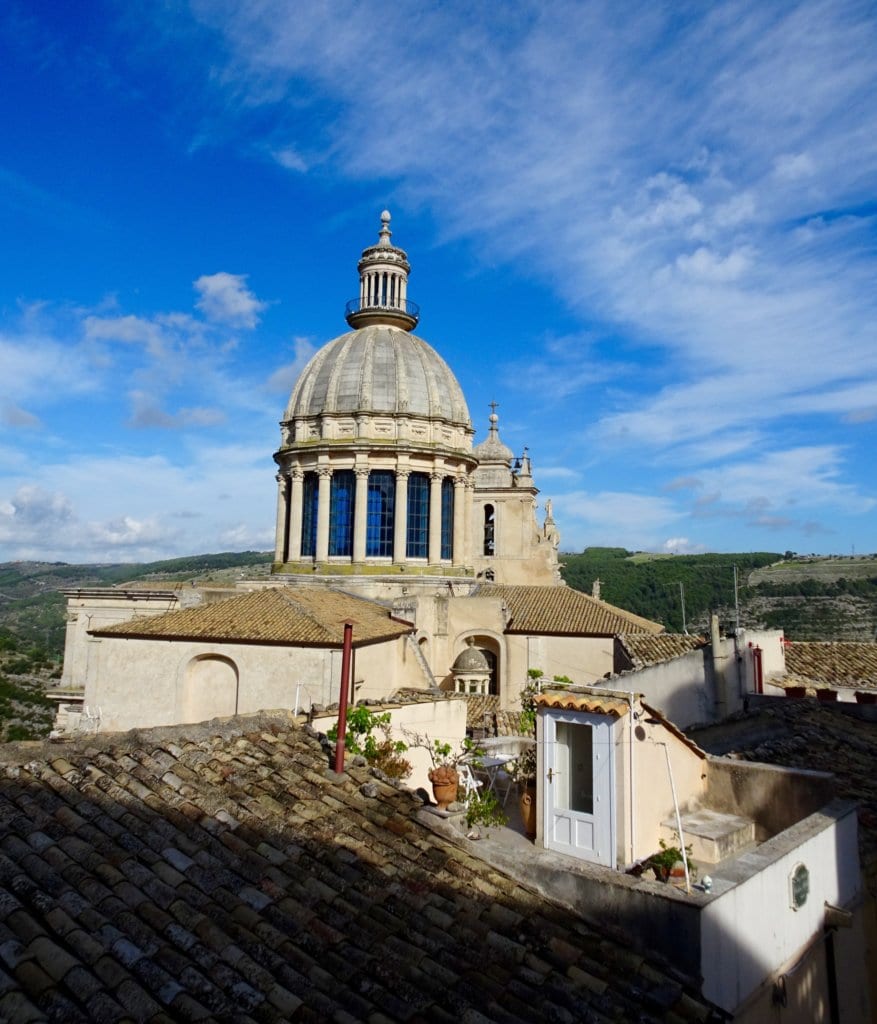
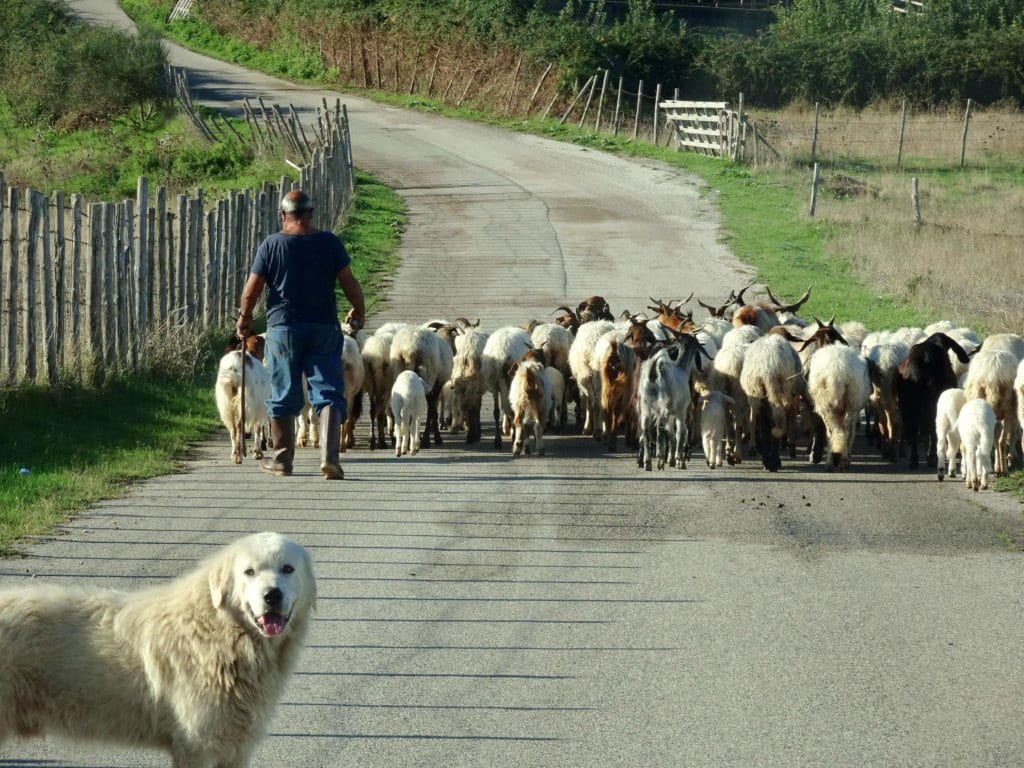
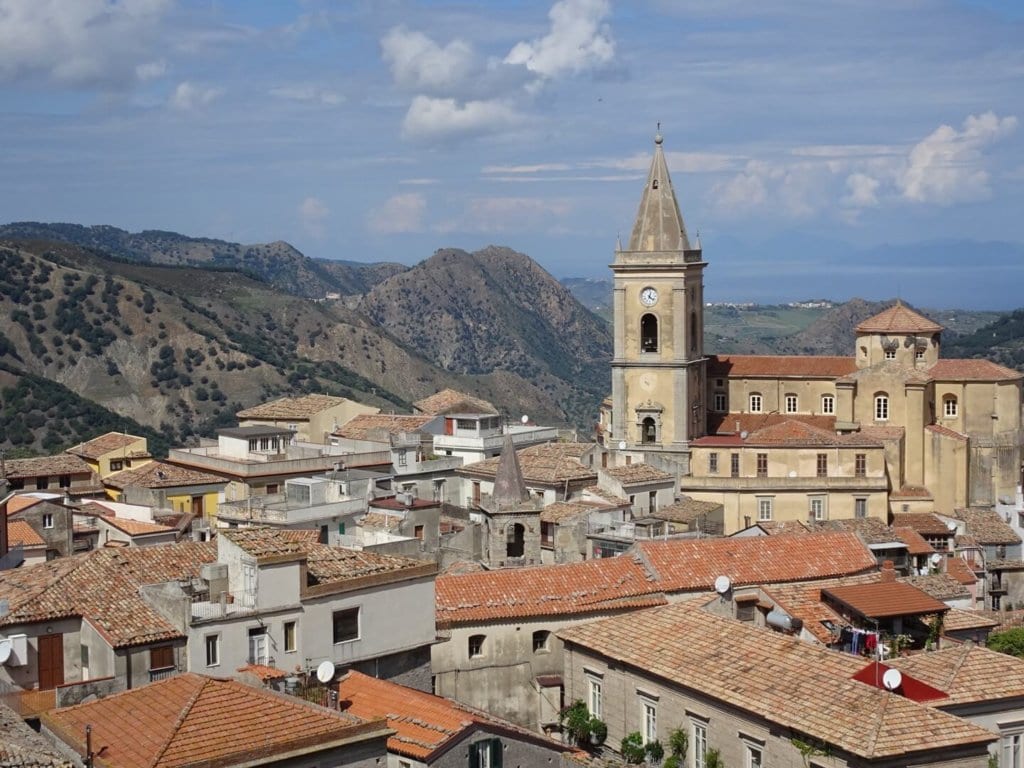
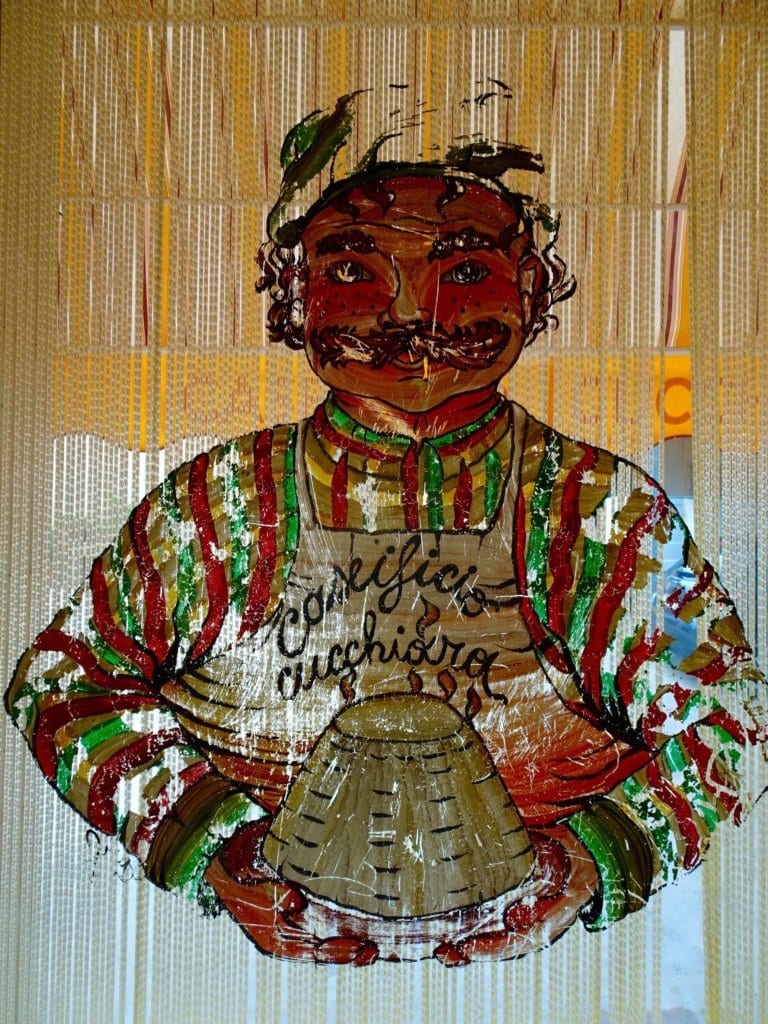
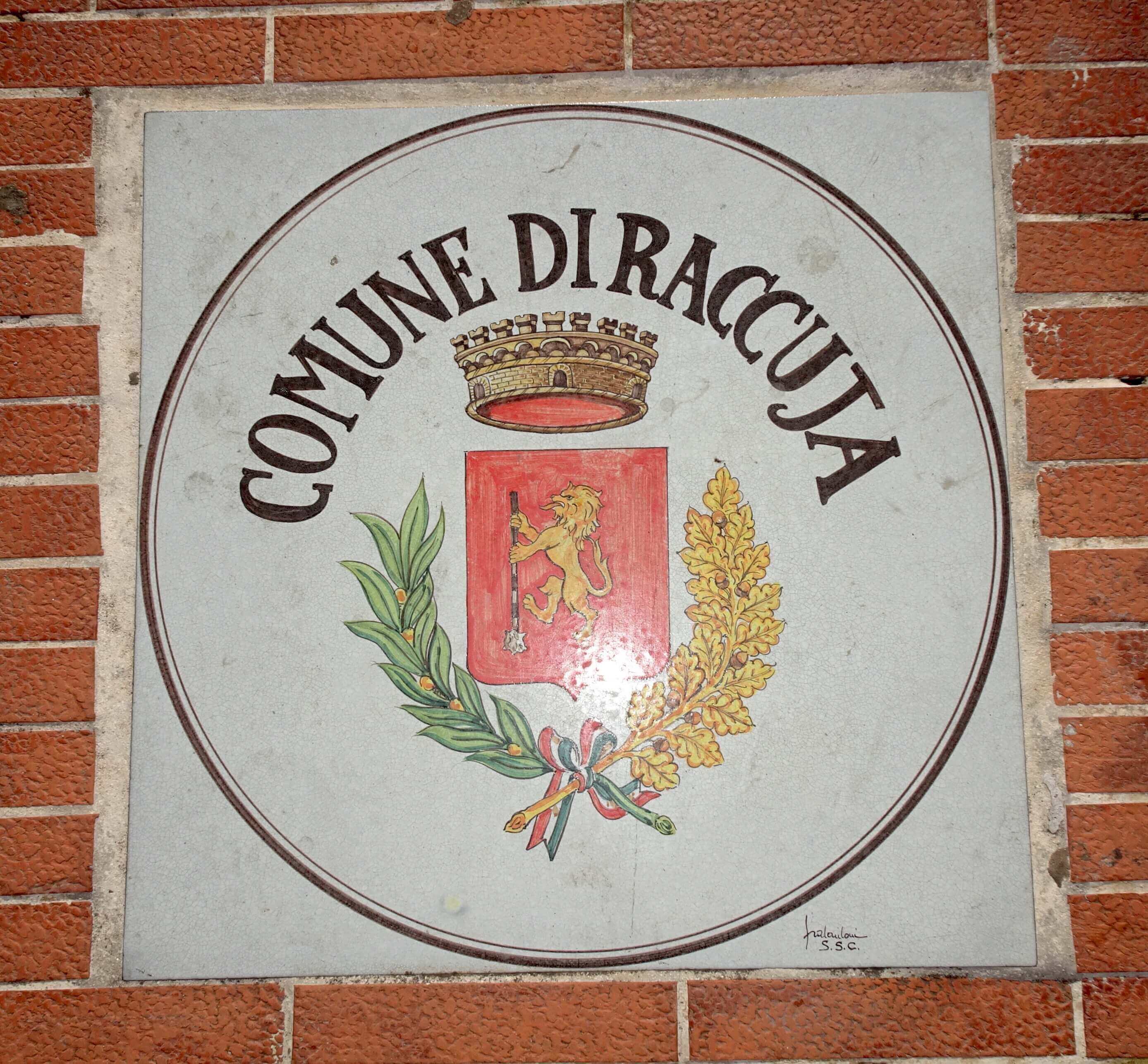
Cute towns in Sicily wrap-up:
There is a lot to do in Sicily. And hopefully, one day, we’ll return to explore more. Def on the list is Ortigia, a medieval island off of Siracusa, Gangi, often dubbed the most beautiful village in Italy, and San Vito Lo Capo for its incredibly clear aqua water.
